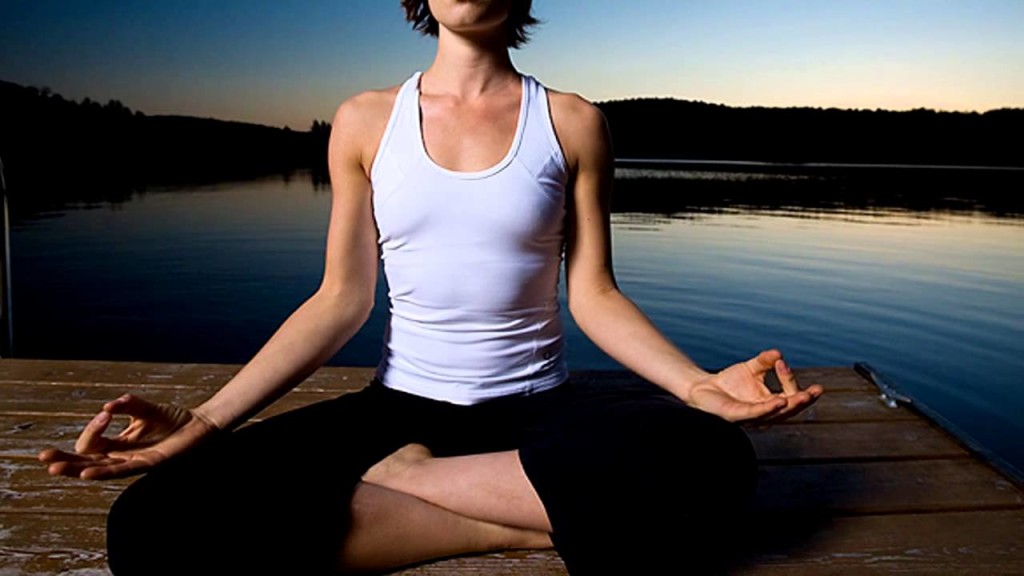Updated February 19, 2014.

Tibetan Buddhist teacher, Sogyal Rinpoche says the proper posture for meditation creates a more favorable environment for it. Often, you are instructed to sit comfortably, but what exactly does that mean?
Your physical posture can affect your mental state. If your pose is too relaxed, you may soon find yourself drifting to sleep. One that is too tense will leave you easily distracted. So, the most effective posture is one that allows you to be both relaxed and alert at the same time.
The Proper Posture for Meditation – The Buddhist Way
- The eyes are wide open or half closed, the gaze directed straight ahead or slightly downward, following the line of the nose.
- The tip of the tongue touches the palate, near the front teeth.
- The chin is tucked in slightly toward the throat.
- The shoulders are balanced, allowing a bit of space between the upper arms and the torso so that the chest is open and relaxed and you can breathe freely.
- The spinal column is quite straight, “like a pile of gold coins.”
- Hands can rest flat, palms down, on the knees. They can also rest palms up in the lap. In the posture of equanimity, the right hand rests on top of the left, and the tips of the thumbs touch each other.
- Legs are crossed. If it’s comfortable, the lotus position (right foot on left thigh, left foot on right) is ideal.
If you find it difficult to sit cross-legged, don’t cause yourself unnecessary discomfort. You might try sitting upright in a chair or on a cushion. Most importantly, find a stable, balanced, relaxed position that feels right to you. One that allows your mind to develop clarity. Then you will know you’ve found your proper posture for meditation.
What posture for meditation have you found works best for you?


